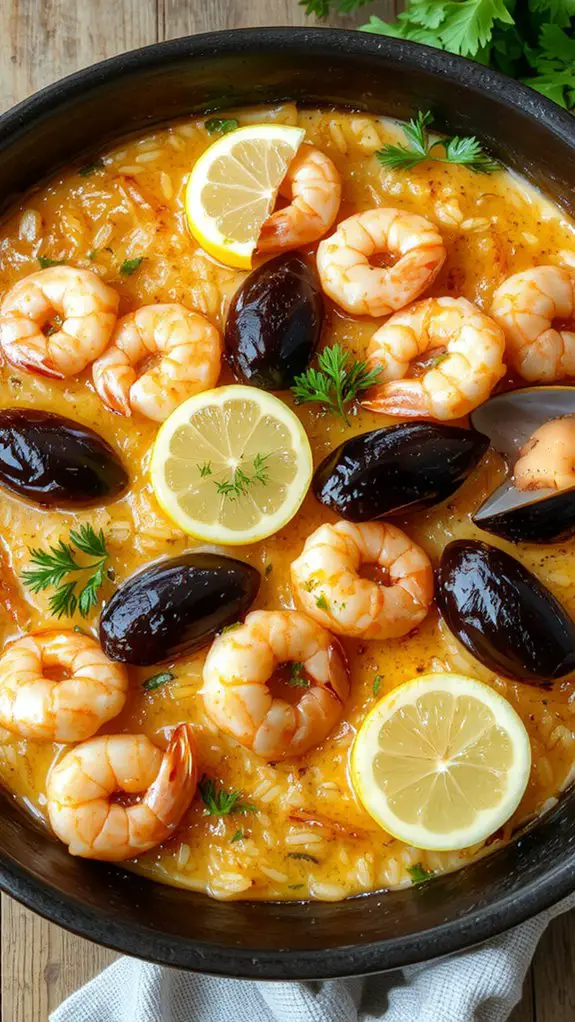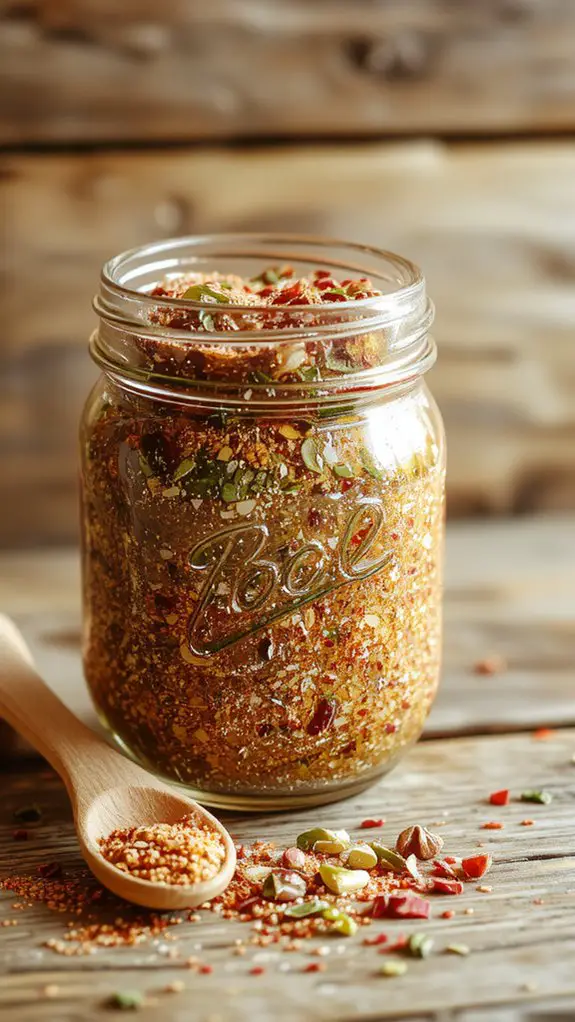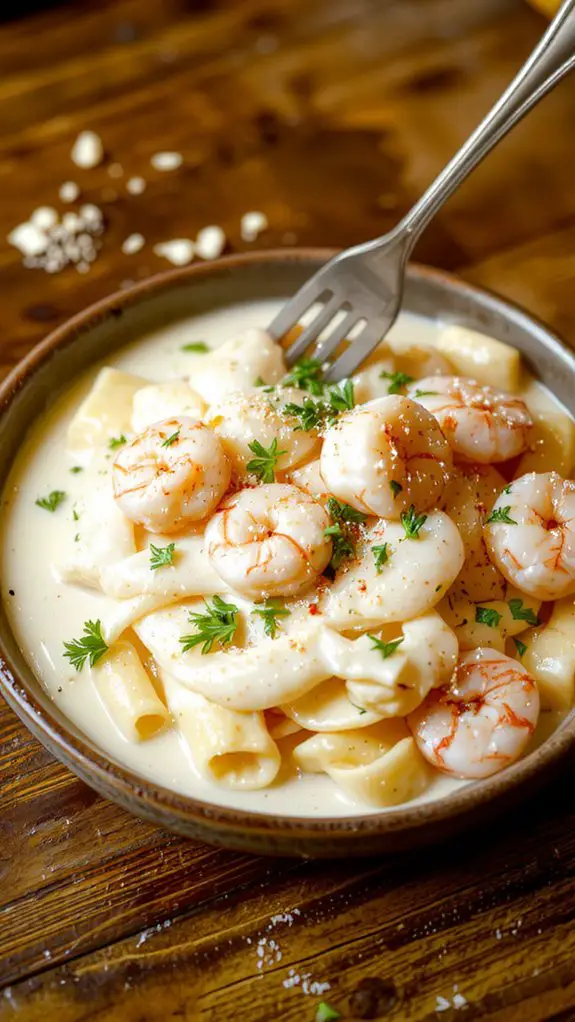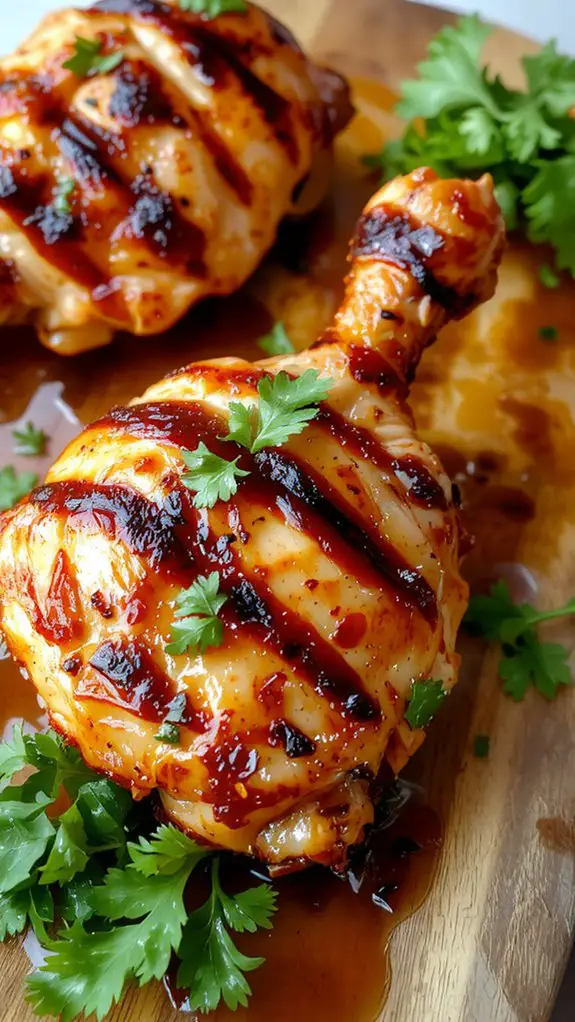Recipe
There’s nothing quite like a perfectly cooked paella—golden saffron-infused rice, tender seafood, and smoky chorizo all coming together in one glorious pan. This recipe? It’s the real deal. No shortcuts, no compromises, just layers of bold Spanish flavors that’ll transport you straight to Valencia with every bite.
The secret? Toasting the rice just right, letting the socarrat (that crispy bottom layer) form, and using the freshest seafood you can find. Trust me, once you taste the way the sweet shrimp and briny mussels mingle with the paprika-kissed chorizo, you’ll never go back to takeout.
And don’t worry—it’s easier than it looks. Grab your biggest skillet, turn up the heat, and let’s make magic happen.
Ingredients
Great paella starts with the right ingredients—fresh, vibrant, and full of flavor. While some elements are flexible, others are non-negotiable for that authentic, restaurant-quality depth. Here’s what you’ll need:
The Essentials:
- Bomba or Calasparra rice – The short-grain king of paella, absorbing liquid without turning mushy. (No swaps here—this rice makes the dish.)
- Saffron – A pinch of these threads delivers that iconic golden hue and earthy aroma. (Pro tip: Steep it in warm broth to maximize flavor.)
- Smoked paprika (pimentón) – Sweet or hot, this adds the soul of Spanish flavor. Don’t use regular paprika—it lacks the smokiness.
The Protein (Pick Your Adventure):
- Chicken thighs – Bone-in, skin-on for maximum juiciness. (Breasts dry out—trust us.)
- Spanish chorizo – Not Mexican chorizo! The cured, sliceable kind adds a punch of garlic and paprika.
- Shrimp or mussels – For seafood lovers. (Frozen works, but pat them dry to avoid excess water.)
The Flavor Builders:
- Garlic – Freshly minced. No jarred stuff—it’s the backbone of the sofrito.
- Tomato – Grated or finely chopped for sweetness without chunks.
- Bell pepper – Roasted red peppers add a smoky sweetness, but raw works in a pinch.
The Liquid Gold:
– Homemade seafood or chicken stock – Store-bought is fine, but reduce it slightly for a richer base.
Little Wins:
- Lemon wedges – A squeeze at the end brightens everything up.
- Fresh parsley – For a pop of color and freshness.
Flexible Swaps:
- No bomba rice? Arborio can sub, but watch the liquid—it’s starchier.
- Vegetarian? Swap protein for artichokes, white beans, and extra paprika.
- Short on saffron? A tiny pinch of turmeric mimics the color (but not the flavor).
How to Make the Best Authentic Seafood Paella Recipe
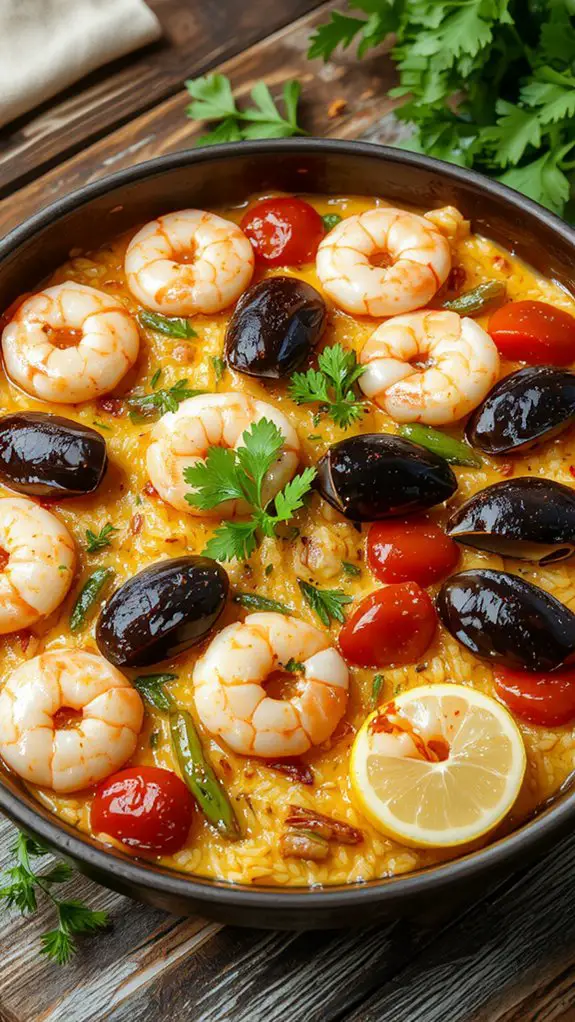
Arrange the seafood: Nestle the shrimp, mussels, and squid into the rice. Avoid stirring after this point to prevent the rice from becoming mushy. The seafood will steam and infuse the dish with its rich flavors.
Simmer gently: Reduce the heat to low and let the paella simmer uncovered. Watch for the rice to absorb most of the liquid, about 20-25 minutes.
Patience is key here—don’t rush the cooking process.
Check for socarrat: In the last few minutes, increase the heat slightly to encourage the formation of the crispy bottom layer. Listen for a faint crackling sound—this is your cue that the socarrat is forming.
Rest before serving: Once the rice is cooked and the socarrat has formed, remove the pan from the heat. Cover with a clean kitchen towel and let it rest for 5 minutes. This allows the flavors to meld and the rice to set.
Garnish and serve: Sprinkle with chopped parsley and lemon wedges. Serve directly from the pan for an authentic touch. Enjoy your masterpiece with family and friends!
Nutrition
This homemade paella recipe is packed with flavor and nutrients. Here’s the nutritional breakdown per serving:
| Calories | Protein | Carbohydrates | Fat | Fiber | Sugar | Sodium |
|---|---|---|---|---|---|---|
| 450 | 25g | 50g | 12g | 4g | 5g | 800mg |
Chef Tips
While making paella might seem intimidating at first, a few simple tricks can help you nail it every time. I always use a wide, shallow pan for even cooking and the perfect socarrat.
Don’t stir once the rice is added—let it absorb the flavors naturally. Use high-quality saffron and broth for depth, and keep the heat medium-low to avoid overcooking. Trust the process!
Frequently Asked Questions
Can I Use a Regular Skillet Instead of a Paella Pan?
Yes, I’ve used a regular skillet for paella and it works fine, though it’s not as wide as a paella pan. Just spread the rice evenly and watch your heat to avoid burning the bottom.
What Wine Pairs Best With Seafood Paella?
For seafood paella, I’d go with a crisp, dry white wine like Albariño or Sauvignon Blanc—they’ll complement the flavors without overpowering. A light rosé also works if I want something invigorating and slightly fruity. Cheers!
How Do I Store Leftover Paella?
I’d store leftover paella in an airtight container in the fridge for up to 2 days. If I want it longer, I freeze it—just reheat it gently with a splash of broth to keep it moist.
Can I Make Paella Vegetarian?
Yes, you can make paella vegetarian! I’d swap the meat and seafood for veggies like bell peppers, artichokes, and peas. Just keep the saffron and bomba rice—they’re key. It’s still flavorful without meat.
Why Is Saffron Essential in Paella?
I use saffron in paella because it gives the rice its signature golden color and adds a unique earthy flavor. Without it, the dish just wouldn’t taste or look like authentic paella. It’s irreplaceable to me.

